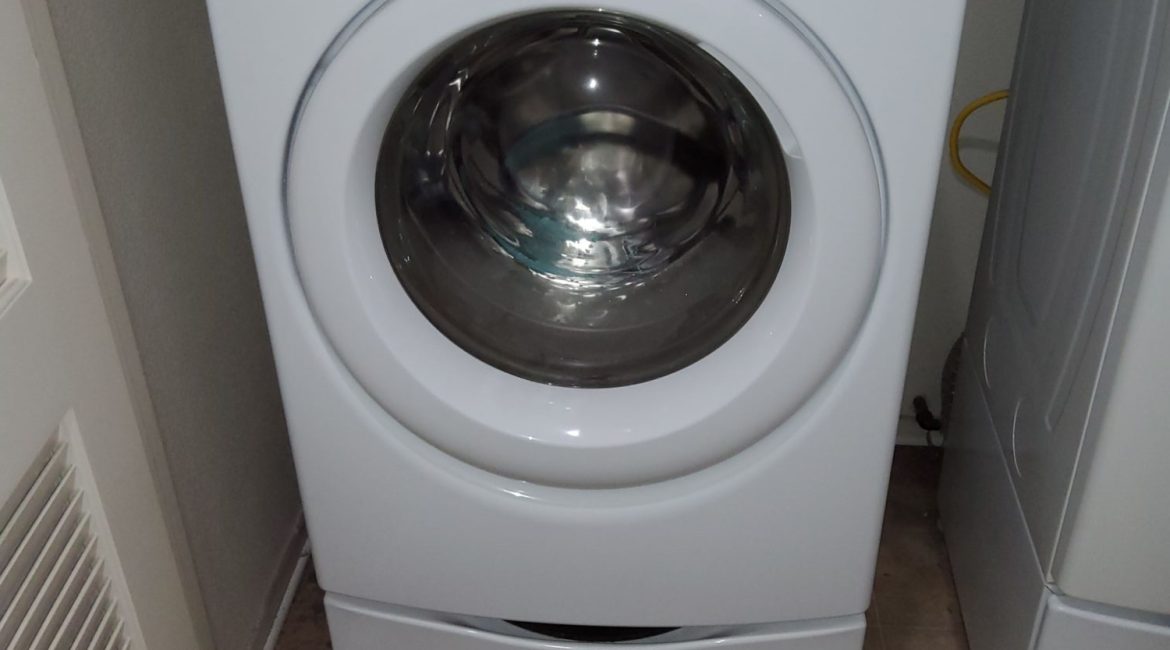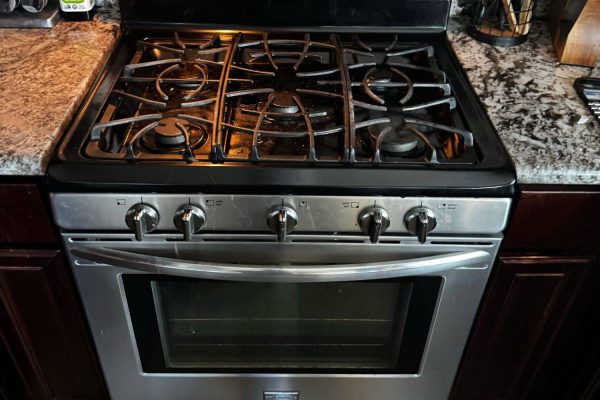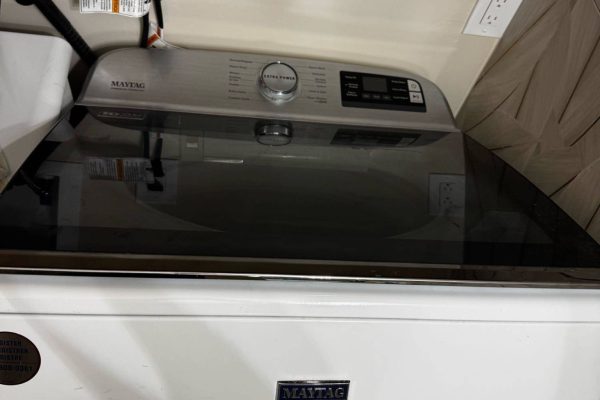When your washing machine stops taking detergent properly, it can be both confusing and frustrating. You might notice detergent left in the drawer after a cycle, or your clothes coming out less clean than usual. This common issue often comes down to two primary causes: a clogged dispenser tray or a faulty inlet valve. Understanding how these components work—and how they can fail—will help you take the right steps to get your washer back in top shape.
1. How the Detergent System Works
Before diving into the causes, it helps to know how your washing machine handles detergent. When you start a wash cycle, water flows into the detergent compartment, dissolving the soap or powder before carrying it into the drum. This process depends on two things working properly:
- The detergent dispenser tray – where detergent, fabric softener, and bleach are placed.
- The inlet valve – which controls how water enters the machine and directs it through the right channels.
If either of these parts gets blocked or malfunctions, the detergent won’t be flushed into the drum as intended.
2. Clogged Dispenser Tray
The most frequent reason a washing machine doesn’t take detergent is a clogged dispenser tray. Over time, detergent residue, fabric softener, and mineral deposits from hard water can accumulate inside the tray and its surrounding channels. These buildups block water flow, preventing detergent from being rinsed into the drum.
Common Signs of a Clogged Tray
- Detergent remains in the drawer after the cycle ends.
- You notice unpleasant odors or mold growth in the dispenser area.
- Water splashes or leaks from the tray during a wash.
How to Clean It
- Remove the dispenser tray – Most trays slide out easily, but some have a locking tab you’ll need to press.
- Rinse under warm water – Use a soft brush or toothbrush to scrub away detergent residue and softener buildup.
- Check the dispenser housing – Use a damp cloth or brush to clean inside the cavity where the tray sits.
- Soak in vinegar solution – If you have limescale buildup, soak the tray in a 50/50 vinegar-water mix for 20–30 minutes.
For best results, clean the detergent drawer every few months to prevent future clogs and ensure even detergent distribution.
3. Faulty Water Inlet Valve
If your detergent tray is clean but the washer still isn’t using detergent, the issue may lie with the water inlet valve. This component controls how much water enters the machine and where it goes. During a wash cycle, the valve directs water toward the detergent tray to dissolve and carry detergent into the drum.
When the Inlet Valve Fails
Over time, the valve can become blocked by sediment, scale, or small debris from your plumbing system. In other cases, the electrical solenoids inside the valve may fail, preventing proper water flow.
Signs of a Faulty Valve
- The dispenser tray stays dry during the wash cycle.
- The washing machine fills too slowly or not at all.
- You hear the machine running, but no water enters the dispenser area.
- The washer gives an error code related to water flow or pressure.
How to Test the Valve
You can perform a quick test by starting a wash cycle and observing the dispenser area. If no water flows through, you may have a faulty valve. For an accurate diagnosis, however, it’s best to have a professional technician inspect it. The valve may need cleaning, repair, or complete replacement depending on its condition.
4. Preventing Future Problems
Prevention is always easier—and cheaper—than repair. To keep your washing machine working efficiently:
- Use the correct detergent. Too much or the wrong type (especially thick liquid softeners) can clog the dispenser.
- Clean the tray regularly. Remove and rinse it every few weeks to avoid residue buildup.
- Use descaling solutions. If you live in a hard-water area, run a descaling cycle every few months.
- Avoid overloading. Overloaded washers can affect water flow and detergent distribution.
5. When to Call a Professional
While cleaning the dispenser is a simple task, dealing with a faulty inlet valve requires experience and the right tools. Attempting to replace or repair it yourself can lead to leaks or electrical issues.
If your washing machine still isn’t taking detergent after basic cleaning, it’s time to call an expert. A qualified technician can test the inlet valve, inspect water pressure, and ensure all parts are functioning correctly.
6. Expert Washer Repair in Poway
At
, we specialize in diagnosing and repairing all types of washing machine problems, from detergent dispenser clogs to complex electrical issues. Our experienced technicians can quickly pinpoint the cause, replace faulty components, and restore your washer to peak performance.
Don’t let a minor issue affect your laundry routine or damage your appliance. Prompt attention can prevent larger repairs and extend the life of your washing machine.
Call Poway Appliance Repair Service Center today for fast, reliable washing machine repair services. We’ll make sure your detergent dispenser, inlet valve, and entire system work perfectly—so your laundry always comes out fresh and clean.
Contact us


